First of all, and in case you are wondering, what is foraging?
Foraging is essentially harvesting edible plants and food from the countryside. It’s also a great way to supplement your meals with ‘free food’, but more importantly, it’s a way to re-connect with the countryside and learn more about plants, mushrooms and herbs.
Whilst there are many plants that are edible, there are a lot of them that also have healing properties. It’s a great way to swap commercially produced herbal remedies for your own.
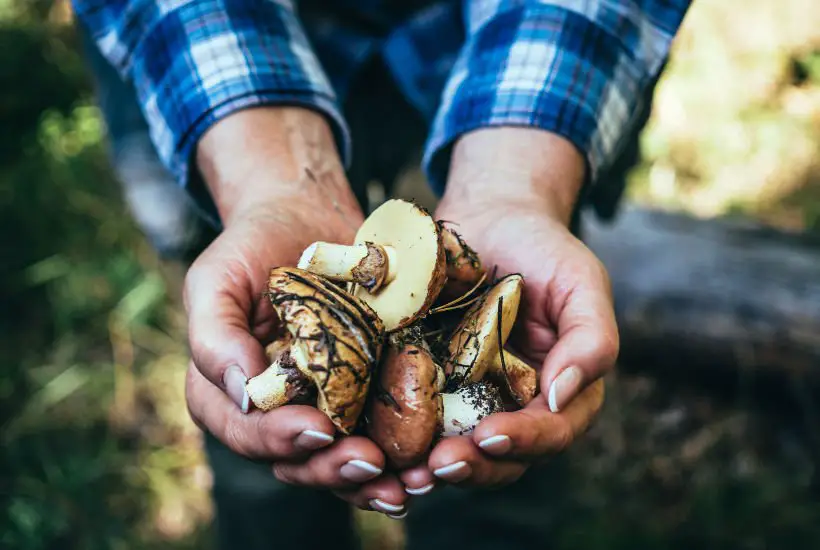
Make sure you learn what it’s safe to forage for
The more you know about the plants and countryside environment the better. This is not just, so that you don’t become ill if you pick something that’s not edible, but also so that you can protect the environment at the same time.
Take time to learn about the plants you’ like to pick. Since there are so many, I would suggest to focus on just a few each month, until you become comfortable with locating these (and using them correctly) before moving on to the next plants.
Monthly wild food calendar
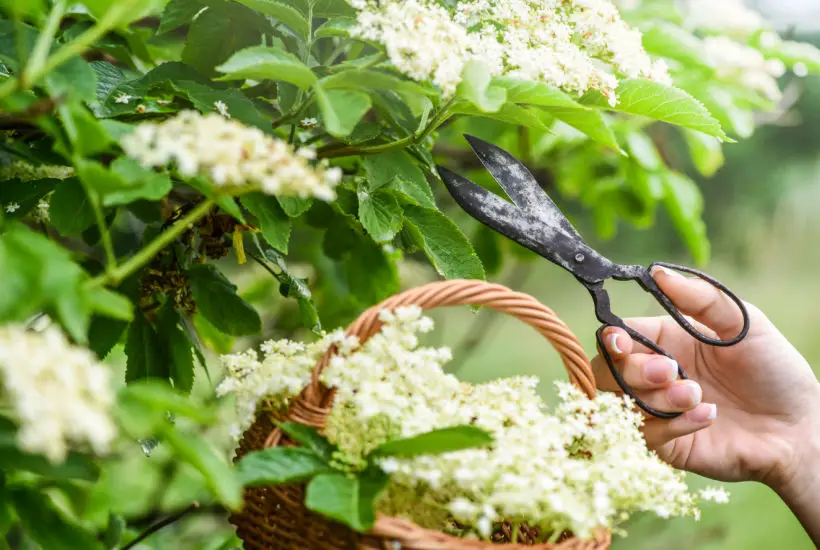
keep it simple to start off
If you are just starting out, I’d suggest starting with plants, flowers and edibles that are similar to the commercially grown fruits, since you’ll be able to recognise them easily and know how to use them (e.g. plums, sweet chestnuts, wild strawberries etc.).
I would leave mushrooms until the last or at least go with somebody who knows how to identify them and can show you. Books are a great source of information, but experience (and visual understanding) is often the best with tricky things, like mushrooms.
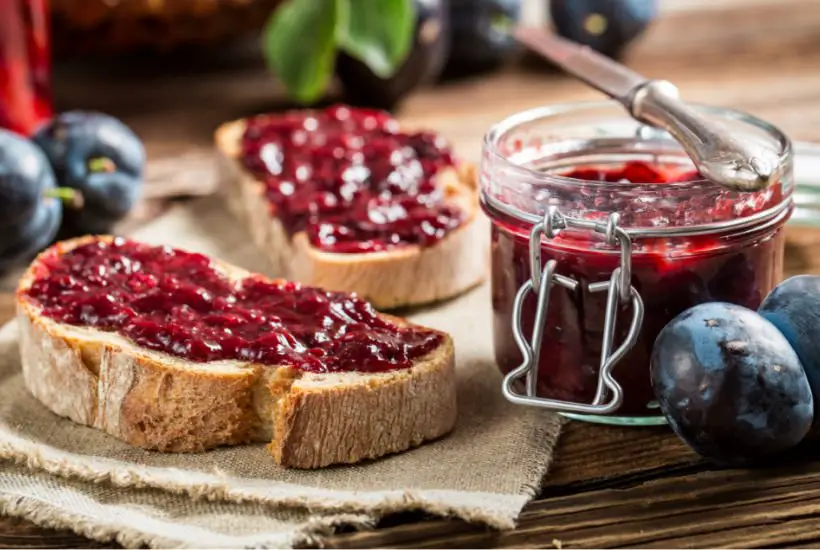
foraging recipes
learn about wild food
There are plenty of great foraging books out there, but if you are starting to forage, buy one that’s not too complicated and will fit in your backpack. There is no point having a book with 1000 plants sitting on your coffee table at home, when you just need a good pocket guide with the basic 100 plants with you in the countryside field!

Be responsible & considerate
Foraging means being considerate to the countryside and the plants too. If you pick everything, the plant might not be able to seed or reproduce for next year.
I also want to be mindful of others – fellow foragers (and the animals too!), so I’ll never harvest the whole tree or branch.
Be careful where you forage
Plants grow everywhere, but it’s best to avoid foraging in areas that could be contaminated by pollution, dust, fertilizers or other chemicals. You can never be 100% sure, but it’s always safer to pick a plant from a countryside than from a local park or busy roads.
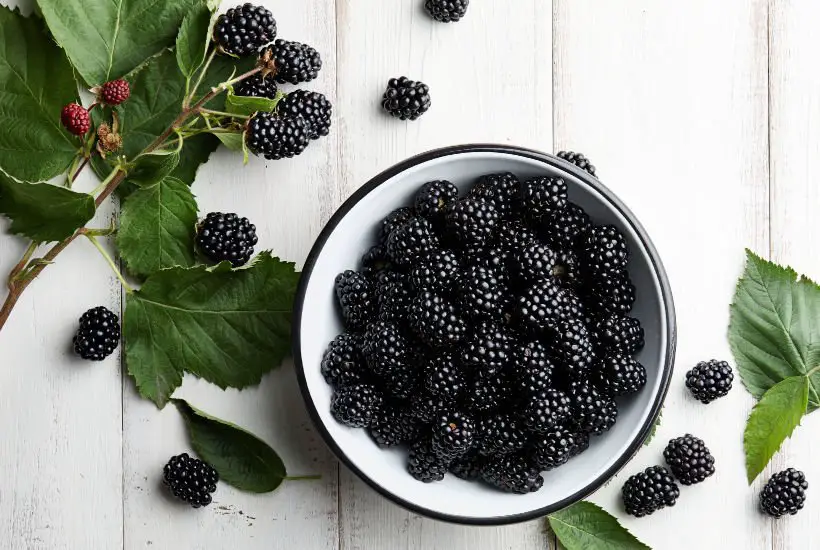
Understand you can’t just pick everything and everywhere
Apart from not foraging excessively or in polluted areas, you should be also aware that if you are on a private land, you need to ask a permission of the landowner beforehand.
I’ve already mentioned, that’s a bad idea to harvest a whole area, tree or bush, so make sure that there is plenty of fruits or plants left for others.
And finally, you absolutely mustn’t pick anything in a protected areas, such as national parks, arboretums, private gardens or where it’s specified that plants shouldn’t be foraged.
There are also plants that are protected by law (Wildlife and Countryside Act, 1981) and mustn’t be picked at all.
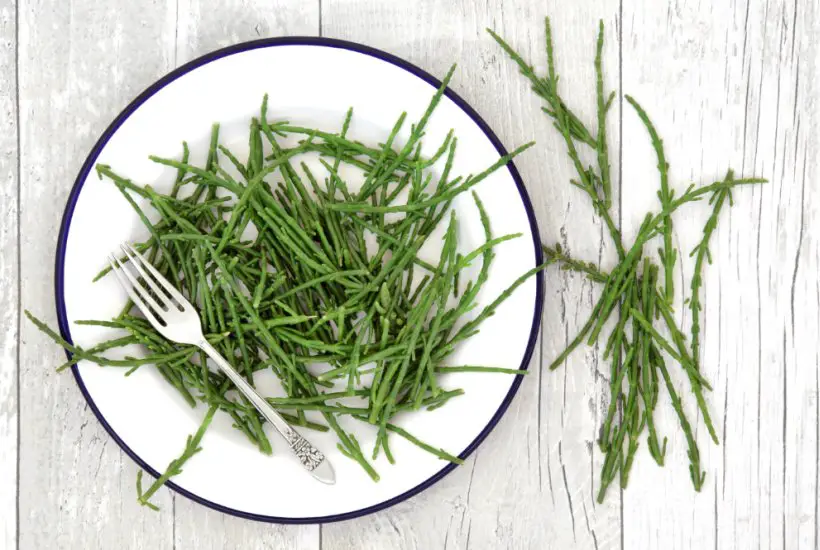
foraging recipes
How do you start foraging?
- Buy a comprehensive foraging pocket guidebook
- Check each individual month and what you are likely to find
- Pack a small backpack with small scissors, large paper bags (or take a basket), thick gloves (if you are planning to forage for something like nettles).
- Wear practical clothes & shoes as not all plants are close to a path
- Pick a place and start walking and see what you can find!
- Bring home your goodies and use them for flavouring, preserving, baking or cooking.
Stay in touch
Hope this post inspires you and of course, I’d love to know what you think! Let me know in the comments below or find me on Instagram, Facebook or Twitter and add the hashtag #practicalfrugality so that I can see your post.
Or why not subscribe to my weekly newsletter with frugal living tips and recipes straight to your mailbox.
Magdalena
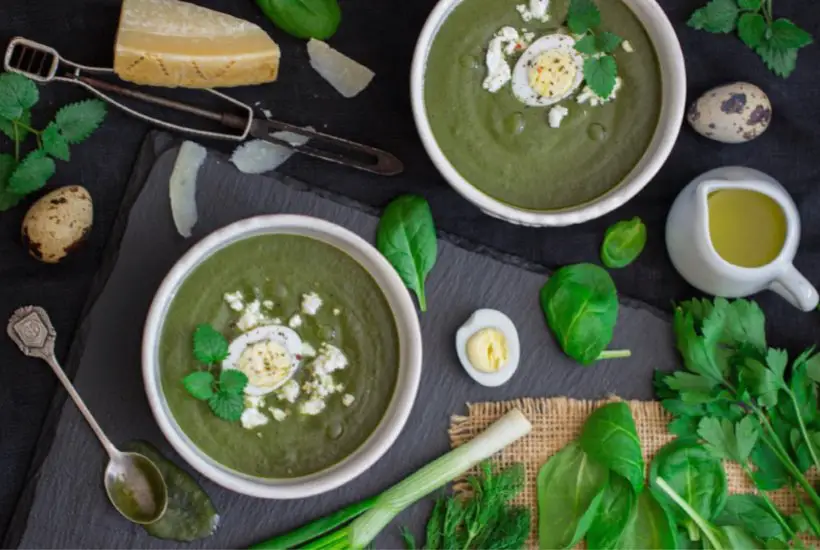

Leave a Reply